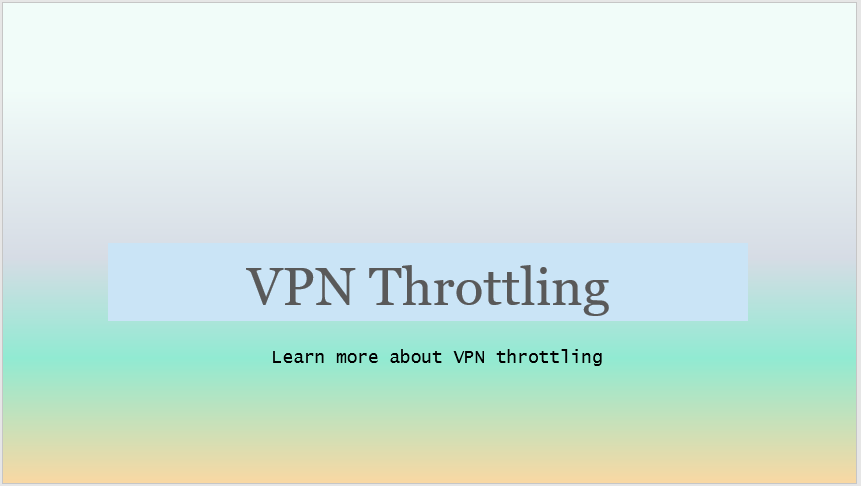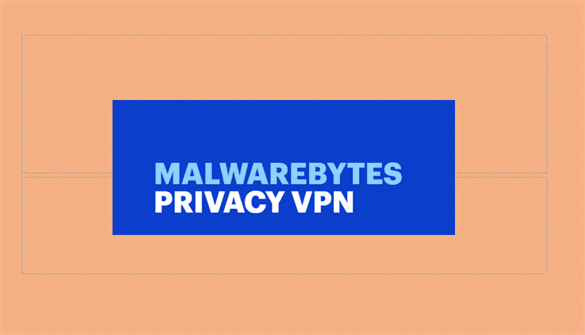RAT Remote Administration Tool Email: Unmasking the Cyber Threat
Discover the dangers of RAT Remote Administration Tool email attacks and learn how to protect yourself from this silent cyber threat. Stay safe online!
Introduction
In today’s digital age, cybersecurity threats are evolving at an alarming rate. One such menace that has been causing sleepless nights for IT professionals and everyday users alike is the RAT Remote Administration Tool email. This sophisticated form of malware can silently infiltrate your system, giving hackers unprecedented access to your personal information and device controls. But what exactly is a RAT, and how can you protect yourself from falling victim to this insidious cyber attack? In this comprehensive guide, we’ll dive deep into the world of Remote Administration Tools, explore their potential dangers, and equip you with the knowledge to safeguard your digital life.
What is a RAT Remote Administration Tool?
A Remote Administration Tool, commonly known as RAT, is a type of software that allows a user to control a computer or device from a remote location. While RATs have legitimate uses in IT management and remote support, they can also be weaponized by cybercriminals to gain unauthorized access to unsuspecting victims’ systems.

The Dual Nature of RATs
RATs are a double-edged sword in the world of technology:
- Legitimate Uses: System administrators often use RATs for:
- Remote troubleshooting
- Software updates
- Network management
- Malicious Uses: Cybercriminals exploit RATs for:
- Stealing sensitive data
- Monitoring user activity
- Gaining unauthorized control over devices
The Anatomy of a RAT Remote Administration Tool Email
RAT emails are a common vector for distributing this malware. These messages often masquerade as legitimate communications, tricking recipients into downloading and installing the malicious software.
Key Components of a RAT Email
- Deceptive Subject Lines: Often urgent or intriguing to prompt immediate action
- Spoofed Sender Addresses: May appear to come from trusted sources
- Malicious Attachments: Disguised as innocent files (e.g., PDFs, images)
- Phishing Links: Directing to fake websites that download the RAT
How RAT Malware Infiltrates Your System

Understanding the infection process is crucial for prevention:
- Initial Contact: User receives the RAT email
- User Interaction: Victim opens attachment or clicks on a link
- Malware Download: RAT software is secretly installed on the device
- Establishing Control: Attacker gains remote access to the infected system
The Dangers of RAT Remote Administration Tool Infections
Once a RAT has infiltrated your system, the potential for damage is significant:
- Data Theft: Hackers can access and steal sensitive information
- Financial Loss: Cybercriminals may gain access to banking details
- Privacy Invasion: Attackers can activate webcams and microphones
- System Manipulation: Malicious actors can control your device remotely
- Identity Theft: Personal information can be used for fraudulent activities
Real-World Examples of RAT Attacks
To illustrate the severity of RAT infections, let’s look at some notable incidents:
- Operation Ghost Click: A large-scale RAT infection affecting millions of computers worldwide
- Target Data Breach: Hackers used a RAT to access the retail giant’s point-of-sale systems
- Industrial Espionage: RATs have been used to steal trade secrets from major corporations
Identifying a RAT Remote Administration Tool Email
Spotting a RAT email can be challenging, but there are telltale signs to watch for:
- Unexpected or unsolicited messages
- Urgent requests for action or information
- Poor grammar or spelling errors
- Suspicious attachments or links
- Requests for personal or financial information
Steps to Take if You Receive a RAT Email
If you suspect you’ve received a RAT email, follow these steps:
- Don’t Open Attachments: Refrain from downloading any files
- Avoid Clicking Links: Don’t visit any websites linked in the email
- Report the Email: Notify your IT department or email provider
- Update Security Software: Ensure your antivirus is up-to-date
- Educate Others: Share information about the threat with colleagues and friends


Removing RAT Malware from Your System
If you believe your device has been infected with a RAT, take immediate action:
- Disconnect from the Internet: Prevent further unauthorized access
- Run a Full System Scan: Use reputable antivirus software like Malwarebytes
- Update All Software: Install the latest security patches
- Change Passwords: Update login credentials for all accounts
- Monitor Account Activity: Check for any unauthorized transactions
Preventing RAT Remote Administration Tool Infections
Proactive measures are key to avoiding RAT infections:
- Use Strong Email Filters: Implement robust spam detection systems
- Keep Software Updated: Regularly patch operating systems and applications
- Educate Users: Provide cybersecurity training to all employees
- Implement Multi-Factor Authentication: Add an extra layer of security to accounts
- Use Firewalls: Configure network security to block suspicious connections
The Legal Implications of RAT Attacks
It’s important to understand the legal landscape surrounding RAT malware:
- Criminal Charges: Using RATs for unauthorized access is a federal crime
- Privacy Laws: RAT infections often violate data protection regulations
- Liability Issues: Companies may face legal consequences for data breaches
The Future of RAT Remote Administration Tool Threats
As technology evolves, so do the tactics of cybercriminals:
- AI-Powered RATs: More sophisticated and harder to detect
- IoT Vulnerabilities: Increased targeting of smart home devices
- Mobile RATs: Growing threats to smartphones and tablets
Key Takeaways
- RAT Remote Administration Tool emails are a serious cybersecurity threat
- Legitimate RATs exist, but can be exploited for malicious purposes
- Always be cautious when opening emails from unknown sources
- Implement strong security measures to prevent RAT infections
- If infected, take immediate action to remove the malware and secure your system
FAQ: RAT Remote Administration Tool Email
- Q: What does RAT stand for in cybersecurity? A: RAT stands for Remote Administration Tool, which can be used legitimately or maliciously to control a computer from afar.
- Q: How can I tell if my computer is infected with a RAT? A: Look for unusual system behavior, unexpected pop-ups, or strange network activity. Running a full antivirus scan can also help detect RATs.
- Q: Are RATs legal? A: Legitimate RATs used with permission are legal. However, using RATs without authorization is illegal and can result in criminal charges.
- Q: Can RATs infect mobile devices? A: Yes, RATs can infect smartphones and tablets, often through malicious apps or phishing links.
- Q: How do hackers use RATs? A: Hackers use RATs to steal data, monitor user activity, and gain unauthorized control over infected devices.
- Q: Can antivirus software detect all RATs? A: While good antivirus software can detect many RATs, some sophisticated variants may evade detection. Regular updates and scans are crucial.
- Q: What should I do if I accidentally clicked a link in a suspicious email? A: Immediately disconnect from the internet, run a full system scan, and change all your passwords from a clean device.
- Q: How can businesses protect against RAT attacks? A: Businesses should implement strong email filters, provide cybersecurity training, keep software updated, and use robust network security measures.
- Q: Are there any legitimate uses for RATs? A: Yes, IT professionals often use RATs for remote troubleshooting, software updates, and network management with proper authorization.
- Q: How often should I update my antivirus software to protect against RATs? A: It’s best to enable automatic updates for your antivirus software to ensure you have the latest protection against new RAT variants.
By staying informed and vigilant, you can significantly reduce the risk of falling victim to RAT Remote Administration Tool email attacks. Remember, cybersecurity is an ongoing process, and staying up-to-date with the latest threats and protection measures is crucial in our increasingly connected world.
Related Posts:







